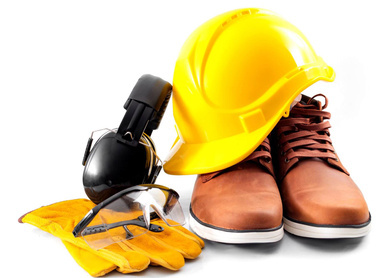Non-compliance risks not only the commercial consequences of cost and delay, but enforcement by the building control approver or the Building Safety Regulator.
All building control authorities, for example, have the power to carry out intrusive investigations, open up works, and refuse to grant the completion certificate which may be necessary for insurance, occupation or an onward transaction.
The Building Safety Regulator can give enforcement notices requiring non-compliant work to be remedied by a certain date, and for all work on site to be stopped until the non-compliance is resolved. These notices can be given up to 10 years from completion of work.
A failure to comply with an enforcement notice can result in imprisonment and an unlimited fine.
In certain circumstances, including cases of non-compliance with the Building Regulations, the directors, managers and other officers of a company or other organisation can be personally liable for an offence committed by a company.















